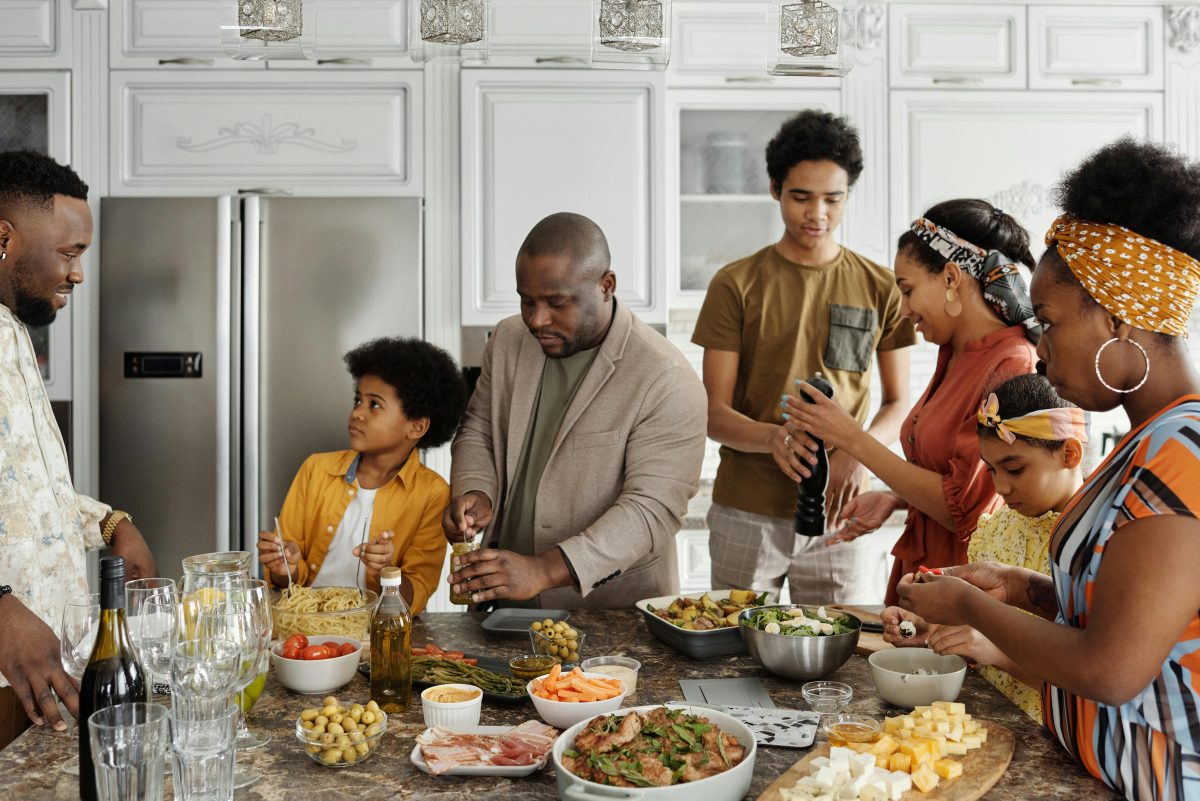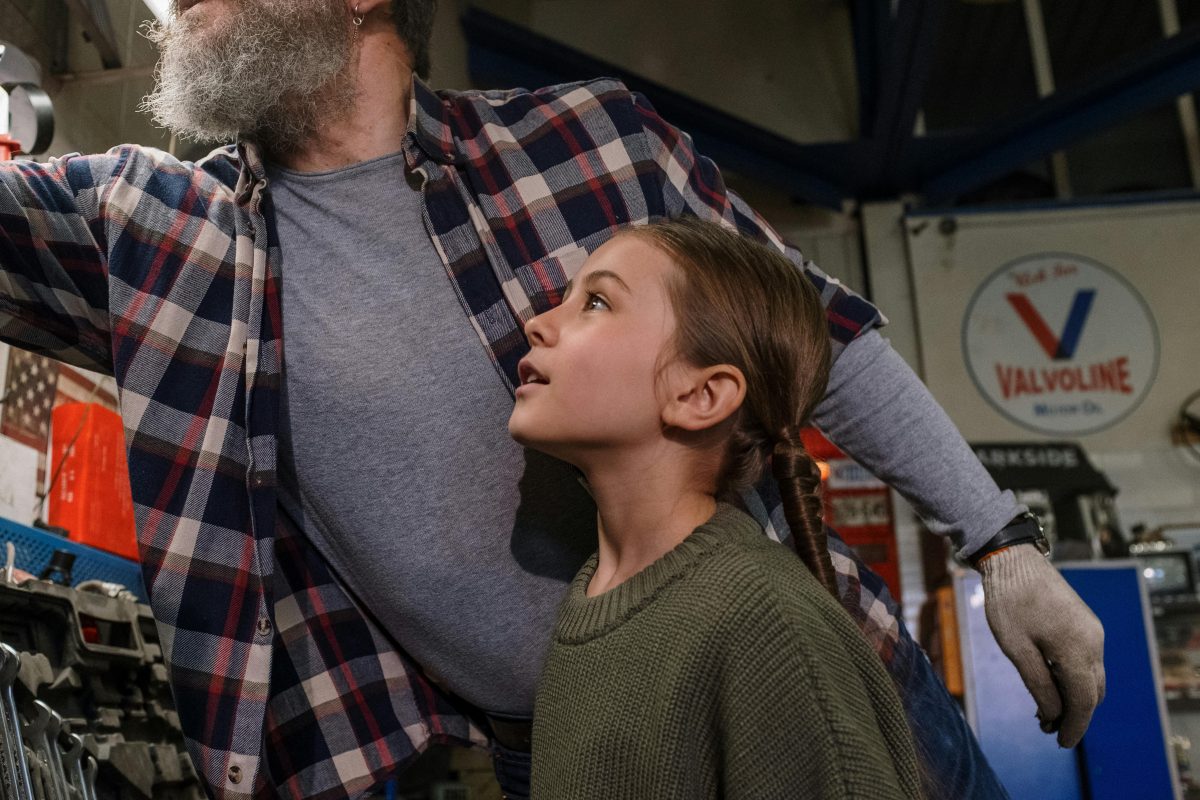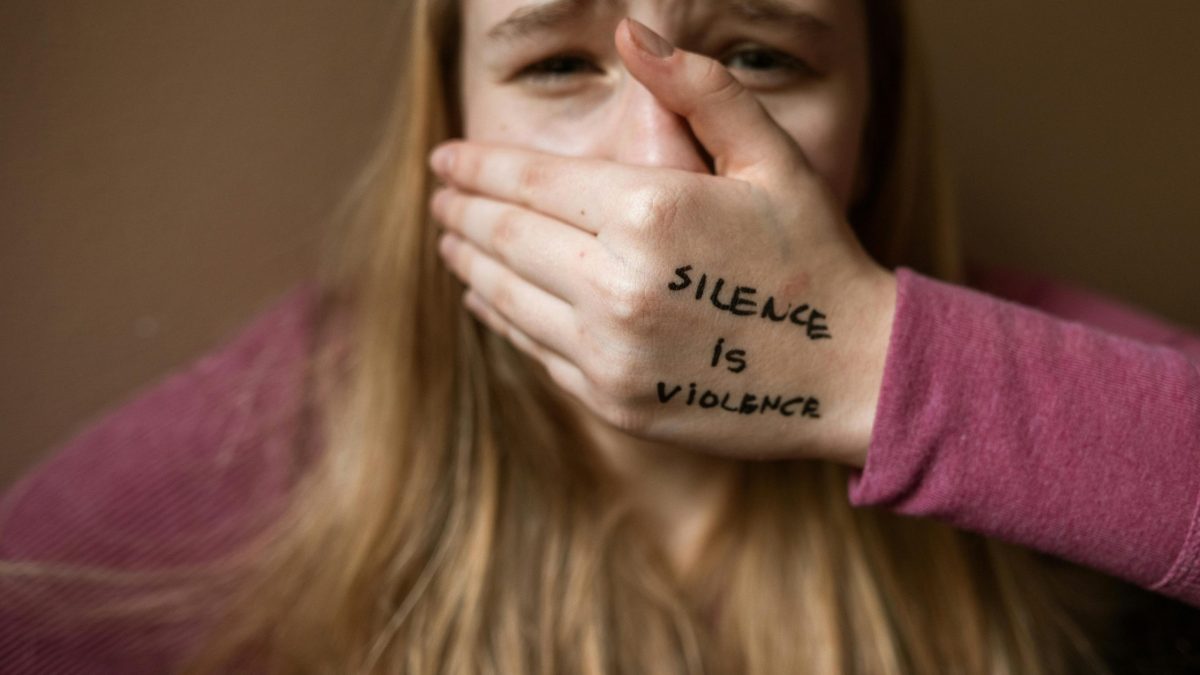Recognizing the Value of Talking to Kids About Current Events

Introducing kids to current events is essential for forming their perspective on the world. It’s important to raise future knowledgeable citizens, not merely to keep them informed. Children gain a balanced viewpoint and learn to manage the complexities of the world by seeing through the prism of the most recent news. It’s important to get this exposure. It establishes the basis for critical thinking, an ability that will benefit them in all aspects of their lives.
- Developing Empathy: Talking about current affairs is a great way to foster empathy. Children develop a stronger bond with mankind as they become more aware of the hardships, victories, and daily lives of people all over the world. Their ability to think beyond their immediate surroundings is encouraged by this link, which cultivates a feeling of global citizenship.
- Getting Ready for Informed Citizenship: Children who participate in current events are better prepared to be knowledgeable citizens. It gives them the information and abilities they need to contribute properly and actively to society. By creating an atmosphere in which global events and news are frequently discussed, we enable our kids to grow up to be intelligent, compassionate, and thinking adults.
Assembling the Scene for Honest Discussions

Engaging youngsters in conversations about current events requires first creating a safe and open space for debate. It’s about creating an environment where people can express their ideas and emotions without worrying about being judged. They are inspired to ask questions and share their opinions in this supportive environment, which promotes learning and curiosity.
- Promoting Inquiry and Inquisitiveness: Promoting curiosity and questioning is crucial. It sends a message to kids that their opinions matter and that trying to understand others is admirable. By using this method, students become more deeply engaged with the subject matter and develop their critical thinking abilities.
- Using Terminology Appropriate for Age: Encouraging young minds to understand complex issues is essential. It’s about ensuring that kids can understand the main points of the news by cutting it down into bite-sized chunks. We lead them through the complexities of current affairs with thorough explanations, giving them the information they need to make their own decisions.
Promoting Media Literacy and Critical Thinking

In today’s information-rich environment, teaching kids to critically evaluate and question news sources is more than just a useful skill—it’s a requirement. We provide them the ability to sort through the noise by pushing them to ask questions such, “Who is behind this message, and why?” They can better discern between facts, opinions, and disinformation thanks to this critical engagement, which is an essential first step in forming well-informed opinions.
- Information is verifiable.
- Opinions are subjective assessments.
- Whether deliberate or not, misinformation misleads.
Leading kids through this labyrinth helps them develop their critical thinking abilities and cultivates a healthy skepticism about the material they watch.
One cannot stress the importance of parents in this process. Parental models of critical media engagement provide a significant example. Parents may teach their children the benefits of critical thinking in real time by having conversations about news articles, challenging the sources, and contrasting opposing views. This active method builds a lifetime of critical, educated involvement with the world while also strengthening the parent-child relationship.
Promoting media literacy is, at its core, a collaborative effort. It all boils down to creating an atmosphere that values critical thinking and questions. By making these efforts, we provide our kids with the knowledge and skills they need to confidently and wisely navigate the complicated media ecosystem.
Promoting Global Awareness and Empathy

Not only are empathy and global awareness admirable goals, but they are also necessary traits for tomorrow’s informed citizens. We can teach our children compassion in a society that desperately needs it by seeing current events through a prism. Talking about the various viewpoints and cultural backgrounds that comprise our international community deepens their understanding and gives them a feeling of community that extends beyond themselves.
It’s critical to approach these conversations with empathy and compassion. Children are inspired to temporarily put themselves in the shoes of others when they hear about the struggles that others throughout the world experience. This is a very strong gesture of empathy. It has the power to alter how they perceive the world and their place in it.
A sense of agency is also ingrained when age-appropriate action and involvement are encouraged. Kids discover that they are capable of changing things too. Participating in deeds of kindness and service, whether it be through a local community project or an international one, teaches kids the importance of contribution and the power of teamwork.
In summary, talking about current events alone is not enough to promote empathy and global awareness. It’s about raising compassionate, knowledgeable people who are prepared to make a positive impact on the world. By having candid discussions, we can help our kids comprehend and value the diverse range of human experiences and inspire them to behave with compassion and kindness.
Parenting Resources and Tools

Giving kids the tools they need is essential to helping them develop an awareness of current affairs. This trip can be made interesting and educational with a range of resources.
Recommended Children’s News Sources
Selecting kid-friendly news sites guarantees that the information is suitable and easily accessed. Websites such as ABC’s Behind the News provide incisive, kid-friendly reporting on world affairs, therefore demystifying complex subjects for younger audiences.
World Education Books, Apps, and Games
- Books like “This Is How We Do It”” by Matt Lamothe help to promote global awareness by offering a glimpse into the everyday lives of youngsters all across the world.
- Through interactive play, educational applications and games such as GeoGuessr encourage kids to discover new cultures and locations, transforming education into an exciting journey.
Institutions and Initiatives Fostering Youth Involvement in Current Affairs
Groups such as UNICEF Australia provide initiatives that inspire young people to engage with and learn about international issues. Their programs give kids a forum for thought-provoking conversations, enabling them to take an active role in the world as citizens.
We not only deepen our kids’ comprehension of current affairs by incorporating these tools and resources into our conversations, but we also encourage them to have an inquiring and compassionate perspective on the world. This method creates a strong basis for children to develop into knowledgeable, kind individuals who are prepared to make valuable contributions to society.
In Conclusion
Children’s empowerment today creates the world of tomorrow. This voyage strengthens the relationship between parent and child by encouraging mutual discovery. By talking about current events, we help our children develop empathy, critical thinking skills, and a global perspective, which will help them deal with the challenges of life. Let’s make a commitment to raising compassionate, knowledgeable future citizens who are prepared to interact with and improve their community.
Discussing Current Events with Your Children FAQs
Simplify the explanation using terms and concepts that match your child’s age and development level. Use analogies or stories they can relate to, and focus on the human aspect, such as how people help each other during difficult times. This method makes complex issues more relatable and less intimidating for children.
Teach them to ask questions about the source of the information, the evidence presented, and the possible biases. Encourage them to compare information from different sources and to think about the context. This fosters critical thinking skills and helps them become discerning consumers of information.
Set aside a regular time, such as during a meal or a specific day of the week, dedicated to discussing current events. Keep it informal and conversational, encouraging everyone in the family to share their thoughts and questions. This establishes a routine that normalizes talking about the world in an open and safe environment.
Acknowledge their feelings as valid and provide reassurance about their safety and the measures taken to protect them. Discuss the roles of various helpers in society, like firefighters, doctors, and police, who work to keep everyone safe. This approach helps to alleviate fears and instill a sense of security.
Before starting the conversation, take a moment to reflect on your feelings and prepare to present the information in a calm and balanced manner. It’s important to be honest about your emotions but also to regulate them so as not to alarm or overwhelm your child. This helps create a supportive space for discussion without imposing your own fears or anxieties.
Start by asking your child what they already know or have heard about recent news or events. This approach allows you to correct any misinformation and understand their perspective. It also opens a natural pathway for a deeper discussion tailored to their awareness and concerns.
You can begin discussing current events with children as young as preschool age, focusing on basic concepts and feelings. Tailor the complexity of the information and the topics to the child’s age and maturity level, ensuring it is digestible and not overwhelming. This helps in gradually building their understanding of the world around them in an age-appropriate manner.
It’s okay to admit that you don’t have all the answers and suggest looking up the information together. This teaches your child that learning is a lifelong process and models how to find reliable information. It also turns the moment into a collaborative learning opportunity.
Look for websites and publications designed specifically for children and young audiences, which present news in an accessible and age-appropriate manner. Public libraries and educational websites often have resources or can recommend materials suitable for different age groups. These sources make it easier to introduce current events in a way that is engaging and understandable for children.
Use it as a teaching moment to discuss the importance of verifying information and considering the source. Explain how some information can be misleading or incorrect and the impact that can have. Guide them on how to find trustworthy sources and check facts.

